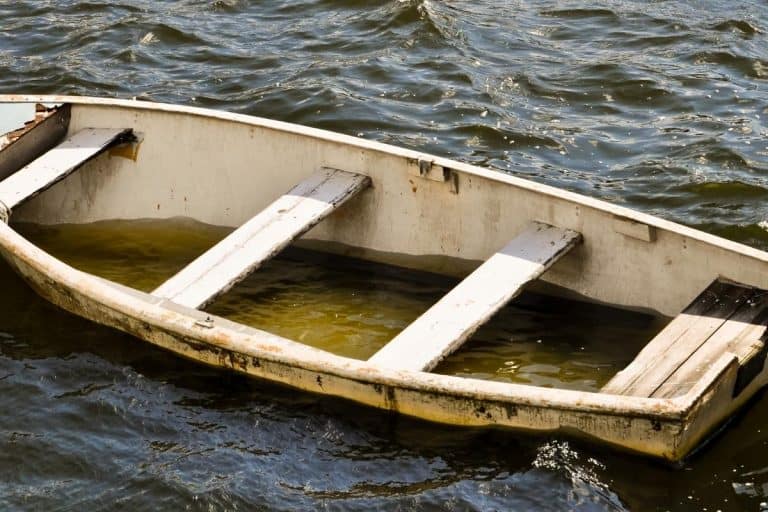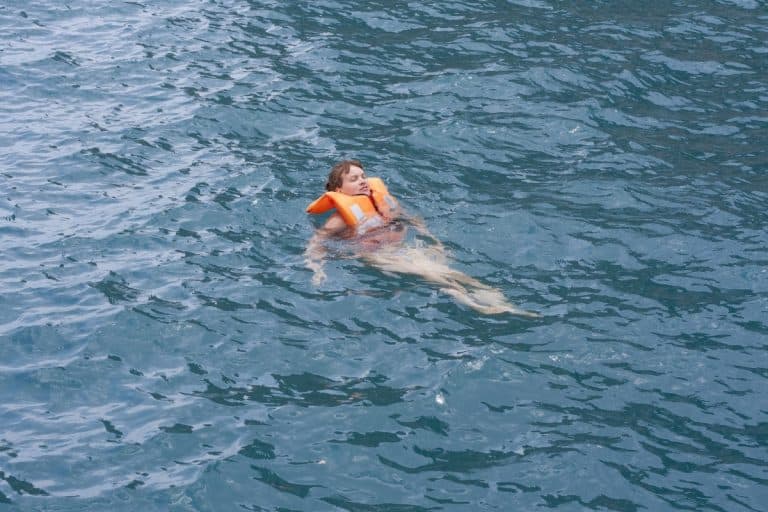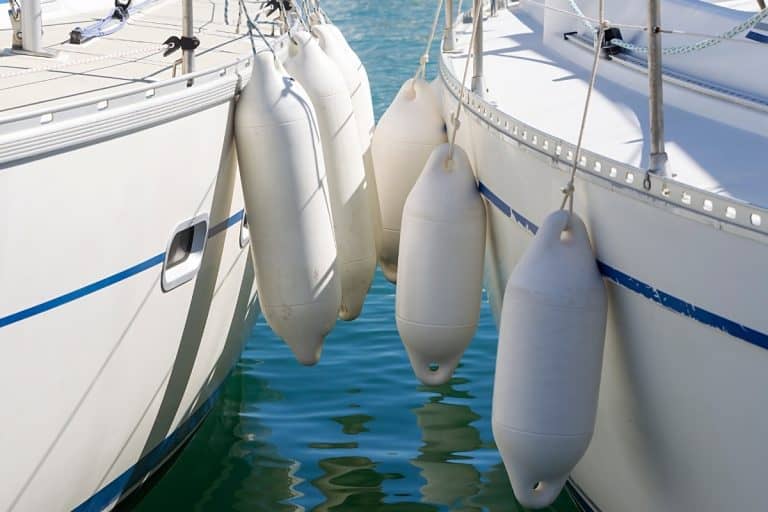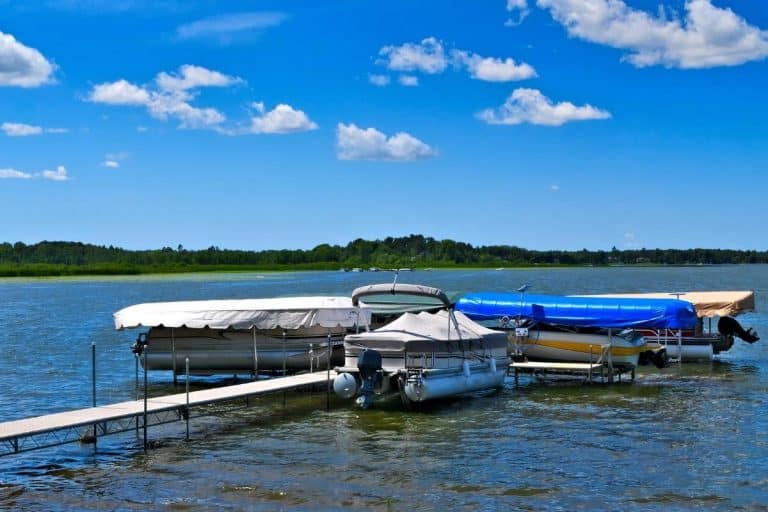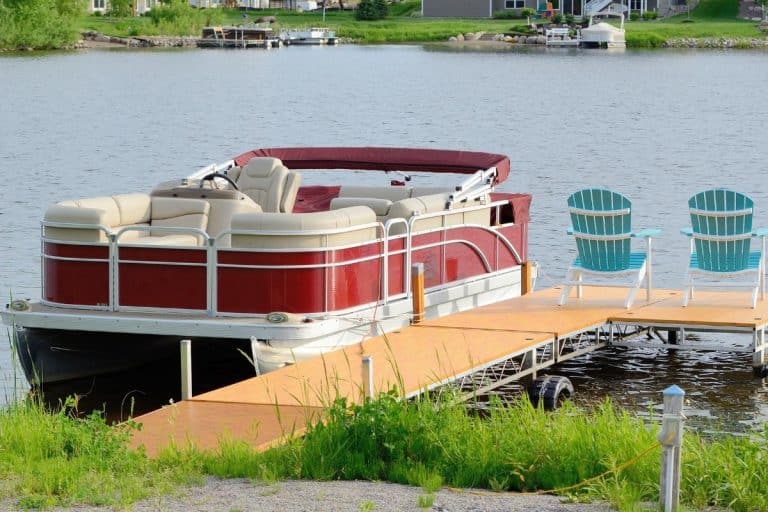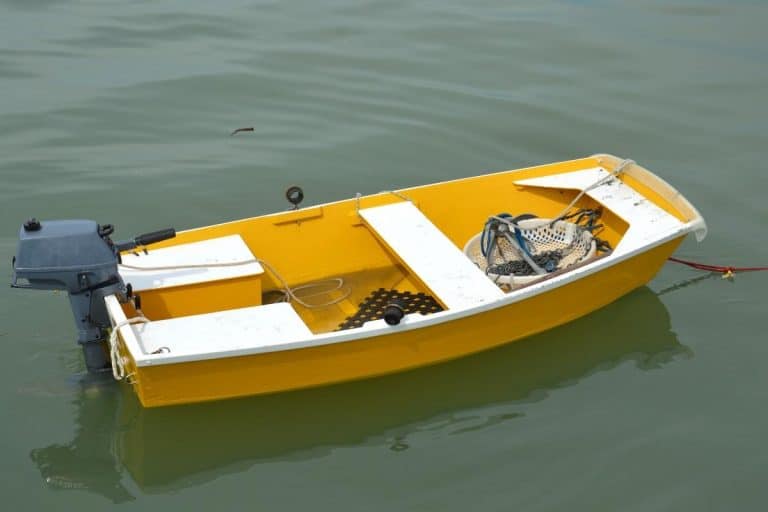Why Do Boats Have Green and Red Lights on Them?

You’re still new to boats, and you’re wondering what the green and red lights on your boat are for. This article will explain why these lights are there and what they mean.
Why do boats have green and red lights on them? Green and red lights are combination lights, also known as sidelights. When another boat comes at you either head-on or at the side of you, the lights indicate your presence. Green lights refer to the right side and red lights the left.
If you want to learn more about your green and red boat navigation lights, you’ve come to the right place. I’ll also talk about other navigation lights and what they do. By the time you’re done reading, you’ll have a much clearer understanding of your boat lights!
Green and Red Lights on Boats: What Do They Mean?
Let’s start by unpacking the meaning of the green and red lights on your boat.
As I touched on in the intro, these lights are known as sidelights.
Some boaters call them combination lights due to the two colors, but either name is correct.
Sidelights–as the name implies–make it easier for a boat to see you when coming up to you from the side.
That said, sidelights can also warn another vessel when nearing you head-on that you’re there.
The green and red lights each serve a unique purpose, so let’s go over those now.
Green Light on a Boat Meaning
The green light on your boat is affixed to its right side, which is also known as the starboard side.
Another boat that’s coming up on yours whose operator sees the green light would know that that’s your boat’s right side.
Red Light on a Boat Meaning
On the other side of the boat is the red navigation light, which represents your boat’s left side, or its port side.
Just as the green light can quickly tell other boaters from which direction they’re approaching your boat, the red light makes it clear that they’re nearing your boat from the left.
What If Another Boater Sees Both the Green and Red Light?
Now, in situations where another boater can see both the red and green light on your boat at the same time, then more than likely, they’re approaching you head-on, as mentioned before.
You’ll recall that when one boat approaches another, the boats have to assume different roles to ensure everyone’s safety on the water.
If a boat is coming up on your starboard side, which the green light indicates, then one boat must be the give-way vessel.
The give-way vessel is supposed to safely move out of the way to avoid a collision, either by redirecting themselves, slowing down, or stopping.
The goal is to circumvent directly crossing in front of one another, as this can lead to disastrous consequences such as boat damage, serious injuries, or even death.
I wrote a post all about what happens when boats don’t give each other the right of way. It’s worth a read if you missed it!
The other boater in this scenario is the stand-on vessel.
As the stand-on vessel, you’re supposed to continue at the same speed and along the same course you were on with the expectation that the give-way vessel will move in time.
Other Boat Navigation Lights and Their Meanings
Of course, your boat has more than green and red lights on them.
One such common light you’ll see is the all-round white light.
The all-round white light is a multi-purpose light depending on the type of boat it’s on.
For example, if yours is a motor-driven boat that’s under 40 feet, then the all-round white light can be both a sternlight and a masthead light.
A sternlight is affixed to your boat’s stern. When a boat comes up on you from behind, it’s only then that they’d see the sternlight.
As for a masthead light, this is a bright white light that any vehicle that any motor-driven boat that’s 39.4 feet or longer must have.
If both your sidelights happen to go out, the all-round white light would become your anchor light.
Boat Light Rules for Safe Navigation
Since your boat’s navigation lights are about function far more than appeal, there are a set of rules associated with the usage of these lights, including the red and green ones.
Let’s go over the rules now.
Your Lights Must Be Visible At Least One Mile Out
If your boat is smaller than 65.6 feet, then it’s critical that your navigation lights be viewable from at least one mile but very often more than that.
For boats that measure under 39.4 feet, here are the requirements:
- Your sidelights must be visible from one mile out with an arc of 112.5 degrees
- Your sternlight must be visible from two miles out with an arch of 135 degrees
- Your all-round lights must be visible from two miles out with an arch of 360 degrees
- Your masthead light must be visible from two miles out with an arch of 225 degrees
If your boat exceeds 39.4 feet, then here are the navigation light visibility requirements:
- Your sidelights must be visible from two miles out with an arch of 112.5 degrees
- Your sternlight must be visible from two miles out with an arch of 135 degrees
- Your all-round lights must be visible from two miles out with an arch of 360 degrees
- Your masthead light must be visible from two miles out with an arch of 225 degrees
Your Lights Must Be Visible Between Sunrise and Sunset
Your navigation lights are required to turn on between the hours of sunrise and sunset and be fully operational during that time.
The Lights Must Be Easily Distinguished as Navigation Lights
On your boat, you cannot have any lights that another boater could reasonably confuse for navigation lights.
Your Lights Must Be Visible No Matter the Weather
Even in conditions of fogginess or stormy weather, you’re in charge of ensuring your navigation lights are visible.
The same applies for clear, sunny weather, although this is obviously a lot easier to do.
You Have to Select the Appropriate Navigation Lights and Location
The onus is on you as the boat owner to use the right navigation lights depending on the type of boat you have and the style of boating you’re doing.
It’s not an importer or manufacturer’s responsibility but yours.
If you get into an accident with another boat, you cannot put the blame on anyone but yourself if your boat was missing navigation lights or had the right lights but in the incorrect positioning.
Should those factors have caused or contributed to the accident, you could potentially find yourself in the midst of a lawsuit. The other boater would have a very strong case against you.
The Difference Between Boating Lights and Diving Lights
Another instance in which you might see red and green light configurations is around reefs, wrecks, or resorts, especially at night.
These are diving lights that include three masthead lights in all. The lights are arranged vertically and will often display in the following way: two lights white and one light red.
Diving lights can be affixed to a boat, and, depending on the pattern, are trying to indicate something to you.
For example, if you see a red light followed by two white lights, then the other boat is crossing and you have to yield.
In some instances, one light is green, one light is white, and the third light is red.
This light configuration is common of fishing boats and indicates that the boat is trawling, possibly with a net.
Give the boat a wide berth so you don’t get stuck in the net!
